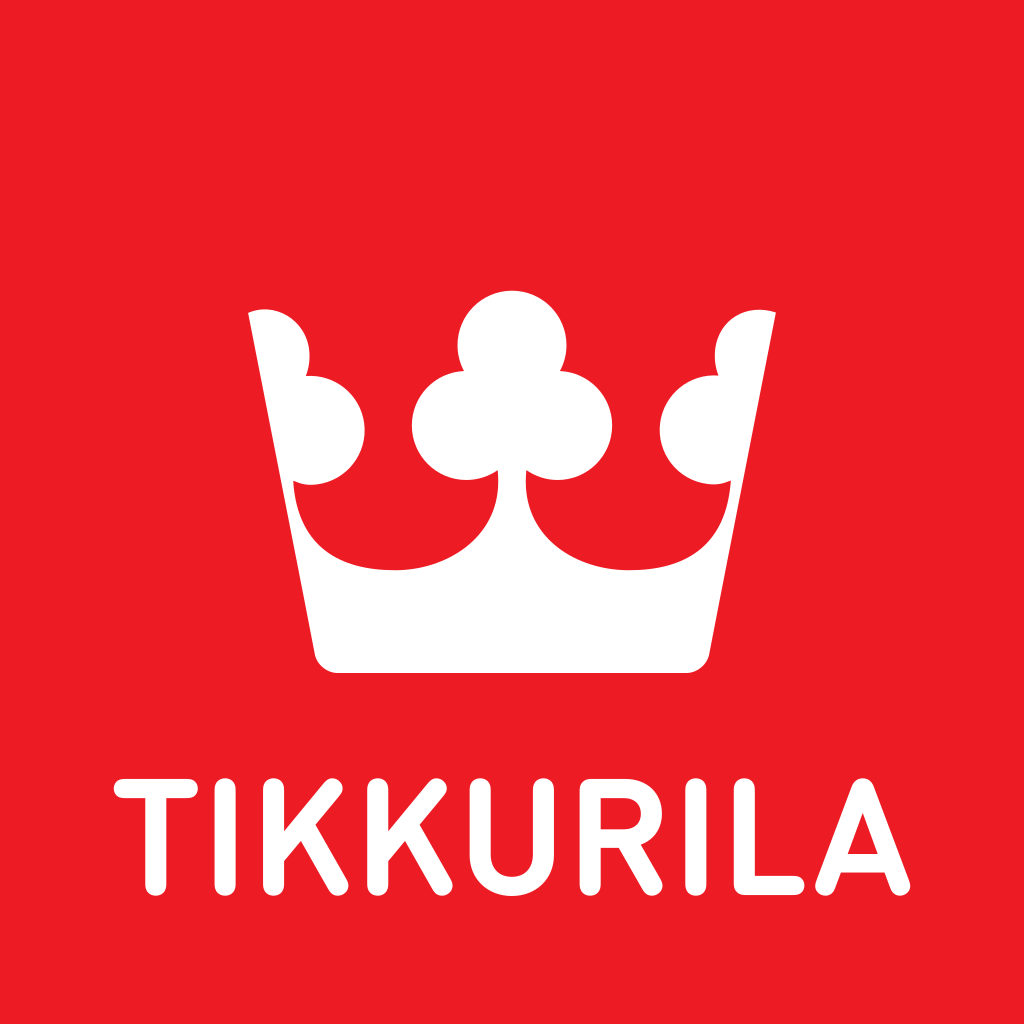An integration audit is a comprehensive evaluation of the integration of systems, processes, and components within an organization. It delves into the technical, functional, security, and compliance aspects to ensure that everything works together seamlessly. Integration audits provide an in-depth assessment of how different elements collaborate to achieve common business objectives and ensure smooth and seamless operations within an organization.
In this guide, we will delve into the realm of integration audits, exploring their importance, key components, best practices, various types, and the optimal timing for their application. Whether you’re embarking on a new system implementation, navigating mergers and acquisitions, or simply aiming to optimize your operations, this manual will shed light on how and when integra-tion audits can provide the greatest benefit and significance to your business.
Highlights
The importance and benefits of integration audit for businesses
Integration audits are essential for organizations that rely on interconnected systems, especially in the context of IT and business operations. By conducting these systematic reviews, organizations can harness benefits that stabilize and future-proof their growth.
-
Enhancing operational efficiency
Integration audits streamline processes, reduce redundancies, and eliminate bottlenecks. Organizations can enhance their operational efficiency by identifying and addressing inefficiencies, leading to cost savings and improved productivity.
-
Identifying and mitigating risks
Through comprehensive evaluation, integration audits uncover potential risks in the interconnected systems. This proactive approach enables organizations to identify vulnerabilities, assess their potential impact, and implement risk mitigation strategies.
-
Improving data flow and integrity
Data integrity is paramount for making informed decisions. Integration audits ensure that data flows seamlessly between systems, maintaining accuracy and consistency. Improved data flow contributes to better decision-making and operational effectiveness.
-
Strengthening security measures
Integration audits assess the security measures in place, identifying weaknesses and vulnerabilities. By strengthening security protocols, organizations can protect sensitive data and maintain trust with customers and partners.
-
Future-proofing scalability
As businesses evolve, they often introduce new systems and components. Integration audits ensure that future integrations are seamless and do not disrupt existing operations. This proactive approach minimizes risks associated with expansion.
-
Identifying growth opportunities
Integration audits help organizations identify opportunities for growth. By assessing current integrations, businesses can pinpoint areas where scaling up or down is necessary to meet changing demands and seize new opportunities.
-
Ensuring compliance with industry standards
Integration audits verify compliance, helping organizations avoid legal complications and financial penalties. This ensures that the organization operates within the bounds of the law and maintains its reputation.
Key components of integration audit
During an integration audit, various aspects are examined to ensure a comprehensive assessment of the integration process. The primary objective is to identify any issues, inefficiencies, or discrepancies. An integration audit comprises the following components:
Scope and objectives
Setting clear objectives for the audit, outlining what aspects will be assessed, and determining the boundaries of the audit.Audit plan
Defining the methodology, assembling the audit team, and allocating the necessary resources.Documentation review
Examining system specifications, integration documentation, and compliance records for a thorough understanding of the integrated systems and processes.System testing
Evaluating the functionality and performance to identify any performance bottlenecks.Data integration analysis
Ensuring smooth data flow within the integrated systems and verifying that data is transferred, transformed, and mapped seamlessly.Interface testing
Assessing the reliability and functionality of interfaces and application programming interfaces (APIs) that enable communication between integrated systems.Error handling and exception management
Evaluating how the integrated systems deal with errors and exceptions, ensuring well-defined and robust error recovery processes.Security and compliance check
Identifying security weaknesses and vulnerabilities and ensuring compliance with industry-specific standards and regulatory requirements.Performance and dependency analysis
Evaluating the performance under various conditions and reviewing the dependencies between components to identify areas for optimization.Pre-audit knowledge base and best practices
Before embarking on an integration audit, it’s essential to build a strong pre-audit knowledge base and consider various aspects that will guide your audit process. Here are the key points to address:
1. Define the scope and strategic goals
Determine which systems, processes, or departments will be audited and set boundaries to avoid scope creep. Knowing what you aim to achieve will help you focus your efforts effectively.
2. Form a competent audit team
Assemble a team with members who have the necessary expertise in systems, processes, and compliance. Ensure that the team is well-versed in your organization’s operations.
3. Allocate the resources
Allocate the required resources, both in terms of budget and time, to carry out a thorough audit. Adequate resources will enable you to conduct a comprehensive assessment.
4. Conduct risk assessment
Identify potential risks associated with the integration process. Understanding these risks will help you tailor your audit to address specific vulnerabilities.
5. Engage stakeholders
Communicate with key stakeholders within the organization, including department heads and IT leaders. Their insights and cooperation can be invaluable during the audit.
6. Stay current with industry standards
Keep up to date with industry-specific standards, regulations, and best practices. Ensure that your audit aligns with the latest compliance requirements.
7. Gather documentation
Collect and organize all relevant documentation, including system specifications, integration docu-mentation, and compliance records. This information forms the foundation of your audit.
8. Plan and document
Create a detailed audit plan outlining your methodology, the order in which you’ll perform the audit components, and a timeline for completion. Document all aspects of the audit, including observations, findings and recommendations.
9. Consider emerging technologies
Stay updated on emerging technologies and trends in your industry. This knowledge can help you identify opportunities for improving integration and operational efficiency.

Integration audit types and differences
Integration audits come in various forms, each tailored to specific organizational needs and objectives. Understanding the different types of integration audits and when to employ them is essential for optimizing their benefits.
Types of integration audits and when to employ them
System integration audit
- Objective: Evaluating the integration of various systems within an organization.
- Employ: When implementing a new system, undergoing system upgrades, or ensuring the compatibility of existing systems.
Process integration audit
- Objective: Assessing the integration of business processes, workflow, and procedures.
- Employ: During business process optimization, reengineering, or mergers and acquisitions to harmonize operations.
Data integration audit
- Objective: Focusing on the seamless flow and integrity of data between systems and databases.
- Employ: When data migration is required, ensuring data accuracy, and optimizing data sharing across departments.
Security integration audit
- Objective: Evaluating the security measures and protocols within the integrated systems.
- Employ: Regularly to ensure data and system security, especially in the face of evolving cyber threats.
Compliance integration audit
- Objective: Confirming adherence to industry-specific standards and regulatory requirements.
- Employ: Regularly to maintain compliance, during audits mandated by industry regulations, or in response to compliance concerns.
Cross-departmental integration audit
- Objective: Focusing on integration across different departments or business units within the organization.
- Employ: When departments need to work more cohesively, during organizational restructuring, or to improve overall efficiency.
Integration audit for mergers and acquisitions
- Objective: Evaluating the integration of systems and processes following a merger or acquisition.
- Employ: Immediately after a merger or acquisition to ensure a smooth transition and optimized operations.
New system implementation
- Objective: Assessing the integration of a new system into the existing IT infrastructure.
- Employ: Before and after the implementation of a new system to guarantee a successful integration.
Performance integration audit
- Objective: Focusing on the performance of integrated systems and identifying areas for improvement.
- Employ: Regularly to optimize performance and enhance the scalability of integrated systems.
Customer-centric integration audit
- Objective: Assessing the integration of systems and processes that impact customer interactions.
- Employ: When addressing customer complaints, improving the customer experience, or enhancing service quality.
Integration audits and integrated audits — what’s the difference
Integration audits and integrated audits are related terms, but they refer to different concepts in the context of auditing. While integration audits focus on how various elements within an organization work together, integrated audits specifically pertain to financial audits and the evaluation of internal controls over financial reporting. Let’s explore them further:
Integration audits
Integration audits are often used to evaluate internal processes, departments, or systems to ensure they work harmoniously and align with the organization’s objectives. For instance, an integration audit might involve assessing how different departments within a company collaborate to deliver a product or service, ensuring efficient coordination and collaboration.
Integrated audits
An integrated audit refers to a specific type of financial audit that combines an examination of a company’s financial statements with an evaluation of its internal controls over financial reporting (ICFR). Auditors not only review the accuracy of the financial statements but also assess the effectiveness of the internal controls governing financial reporting. This ensures the reliability and integrity of the financial information presented by the company. Additionally, integrated audits are typically conducted in accordance with specific auditing standards, which mandate that public companies have their financial statements and ICFR audited by external auditors.
When to consider an integration audit
Knowing when to consider an integration audit is essential for reaping the benefits they offer. Here are several scenarios and circumstances where considering an integration audit is highly advisable:
New system implementation
When your organization is about to implement a new system or software, an integration audit can help ensure that the integration of this new system with existing ones goes smoothly, reducing potential disruptions.Mergers and acquisitions
During mergers or acquisitions, different companies often need to integrate their systems and pro-cesses. An integration audit is crucial to harmonize operations and eliminate potential conflicts.System upgrades or changes
When you’re planning to upgrade existing systems or make significant changes to your IT infrastruc-ture, an integration audit helps in evaluating the impact on other systems and ensures a successful transition.Security concerns
In the face of evolving cyber threats and security concerns, an integration audit can assess and strengthen security measures to protect sensitive data and maintain the trust of customers and partners.Data migration
Data migration projects are often complex. An integration audit is invaluable to ensure that data is accurately and seamlessly transferred, mapped, and transformed during the migration process.Cross-departmental processes
In organizations with multiple departments or business units, cross-departmental processes are common. An integration audit can improve collaboration and streamline operations in these sce-narios.Compliance and regulatory changes
Changes in industry-specific standards and regulations can impact your organization. Integration audits verify compliance, helping you avoid legal complications and maintain a good reputation.Performance issues and improvements
If you’re experiencing performance issues within your integrated systems or looking to enhance system scalability, an integration audit can identify bottlenecks and areas for improvement.Customer complaints or quality concerns
If you’ve been receiving customer complaints or quality concerns related to system or process inte-gration, an audit can pinpoint areas for improvement to enhance the customer experience.Preparation for scale
As your organization grows, it’s crucial to prepare for scale. Integration audits can identify areas where integration may need to be adjusted or enhanced to accommodate growth.Work with our Integration Audit Experts
Seamless integration plays a critical role in the success of any organization. With our comprehensive knowledge and experience, we ensure more efficient and streamlined operations, providing professional integration audits that will truly make a difference for your business. Our integration audit experts are dedicated to helping you achieve the highest level of effectiveness through a tailored audit plan, a full assessment, detailed reporting, and ongoing support. Contact us today to discover how we can assist your business through seamless collaboration and timely delivery, aligned with your specific goals and needs.
Let's talk about your IT needs

Let me be your single point of contact and lead you through the cooperation process.
Choose your conversation starter
Signed, sealed, delivered!
Await our messenger pigeon with possible dates for the meet-up.






